The man who shot butterflies – Albert Stewart Meek – was one of the last great collectors of natural history specimens, literally thousands of which were new to science. Sponsored by Walter Rothschild and curators at Rothschild’s private museum at Tring, Meek was one of the most successful southwest Pacific explorers and adventurers of his time: a period of history when many missionaries, traders and gold miners died from fever or were killed and eaten by cannibals. A highly focused but modest man, Meek suffered unimaginable physical hardships in reaching parts of New Guinea and the Solomon Islands where no-one had been before. More than 100 of the undescribed species he collected now bear his name. He was one of natural history’s most successful explorers, discovering the world’s largest butterfly and many other birdwing butterflies as well as numerous birds and other creatures. Whilst others talked about their plans to travel to obscure and remote places, Meek actually did it … and then went the extra mile.
Little was generally known about Meek’s adventures or his private life. Until now. With a particular interest in the history of discovery, John Tennent describes events Meek experienced in both their historical context and from personal experience. Over two decades of his own research, Tennent stayed some three years in the forests of New Guinea and the Solomons in places Meek had visited a century before. This definitive and unique biography of Meek has a substantial autobiographical element. It draws freely on 500 pages of Meek’s letters written to Tring curators, archived in the Natural History Museum in London, as well as Meek’s personal photograph album now in the care of Sir David Attenborough.
In summary, this outstanding book covers the physical, intellectual and private life of a truly remarkable man, whose courage, endurance, organisational abilities and foibles combined to leave a unique and lasting legacy in the museums of the world. More than the numerous and diverse specimens – but inevitably because of them and the work Tring curators did with them – Meek helped to bequeath an understanding of the natural world that approaches the contribution of the founding fathers of biogeography. But this isn’t a dusty story about the past: it is an inspiration to all of us who are interested in adventure and what it is possible to achieve. To never give up. At last Albert Stewart Meek has a fitting monument in this book.
The Man who Shot Butterflies is published in a limited print-run of only 500 copies – 603 pages with numerous colour pictures illustrating many of the butterflies, birds, beetles, shells, reptiles and other animals he collected. It chronicles Meek’s pioneering life and adventures, incorporating a substantial volume of previously unpublished information relating to subjects including his discovery of the remarkable (now extinct) Choiseul Pigeon, Microgoura meeki; and the acknowledged largest butterfly in the world, Ornithoptera alexandrae. Many of Meek’s discoveries are illustrated in colour.
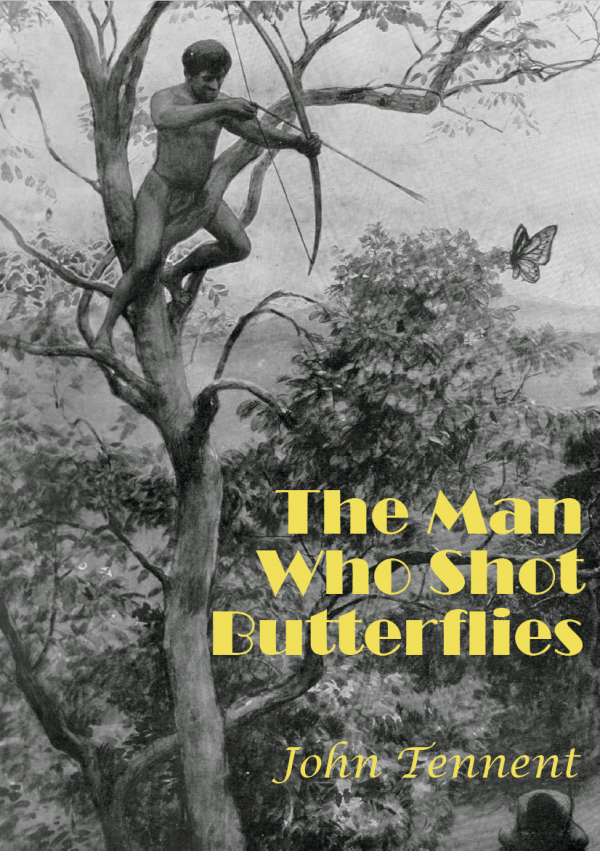
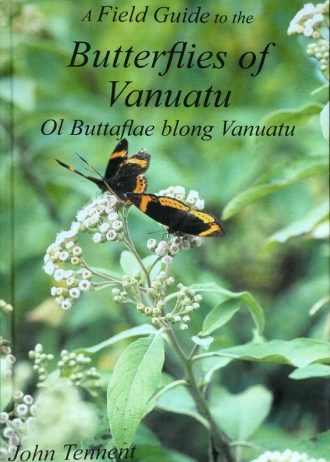
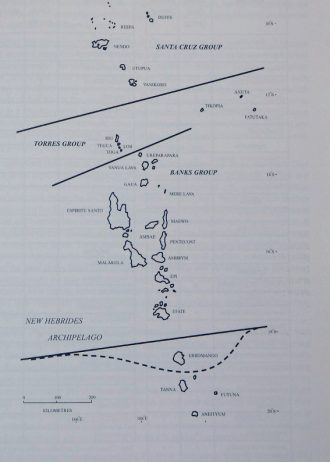
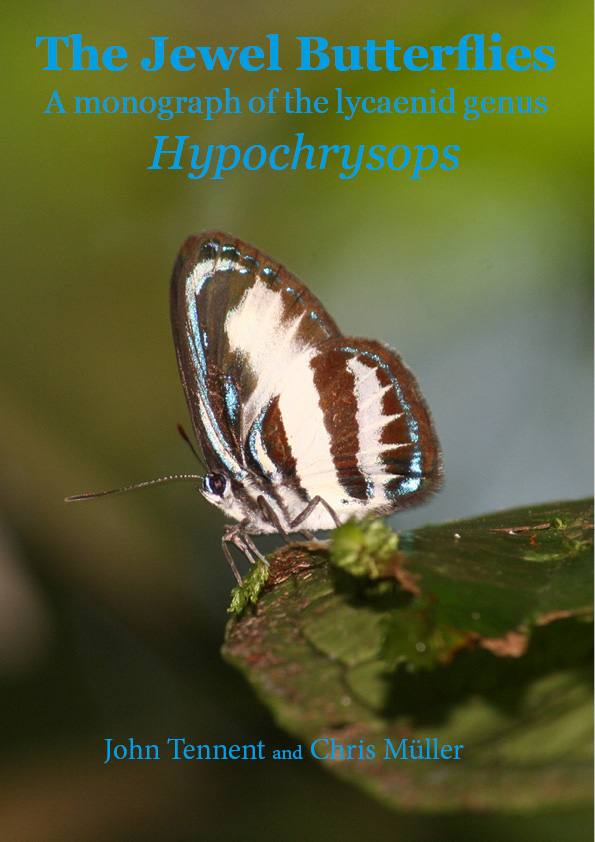
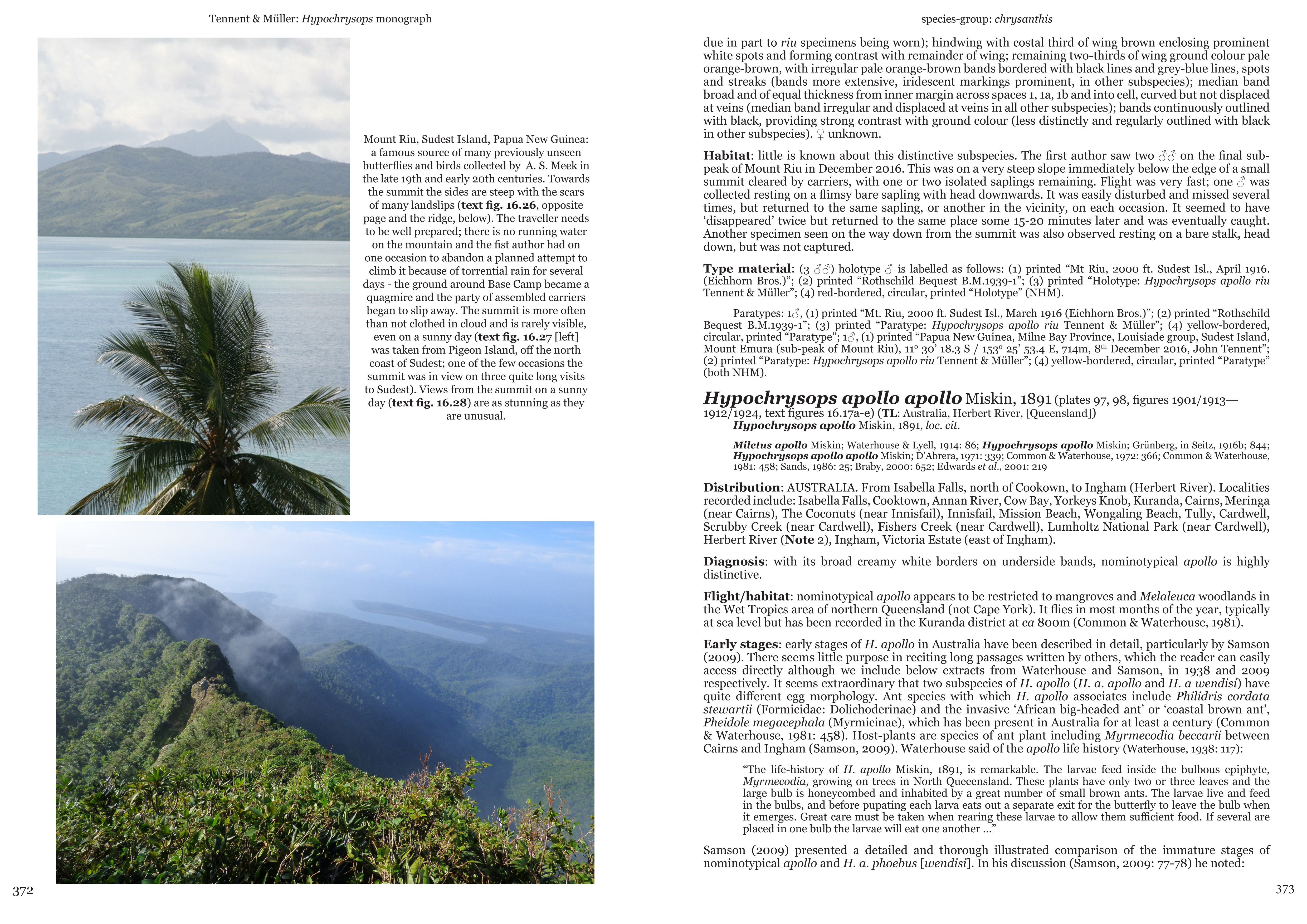
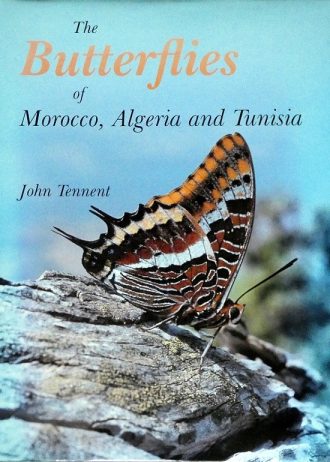
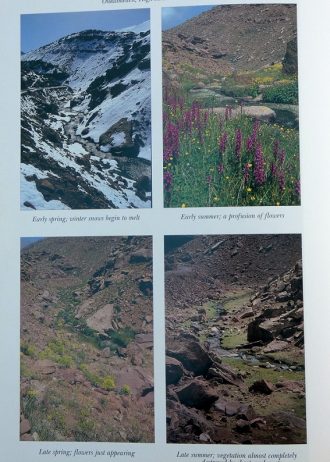
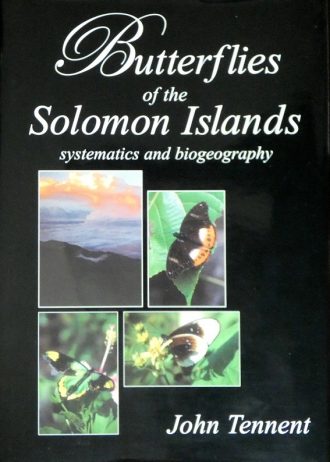
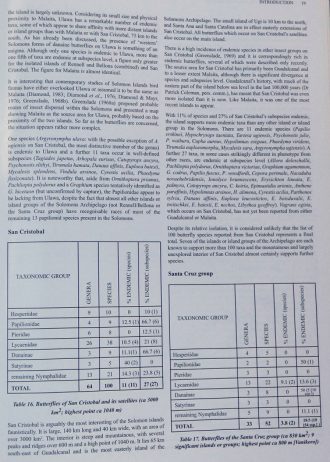
Reviews
There are no reviews yet.